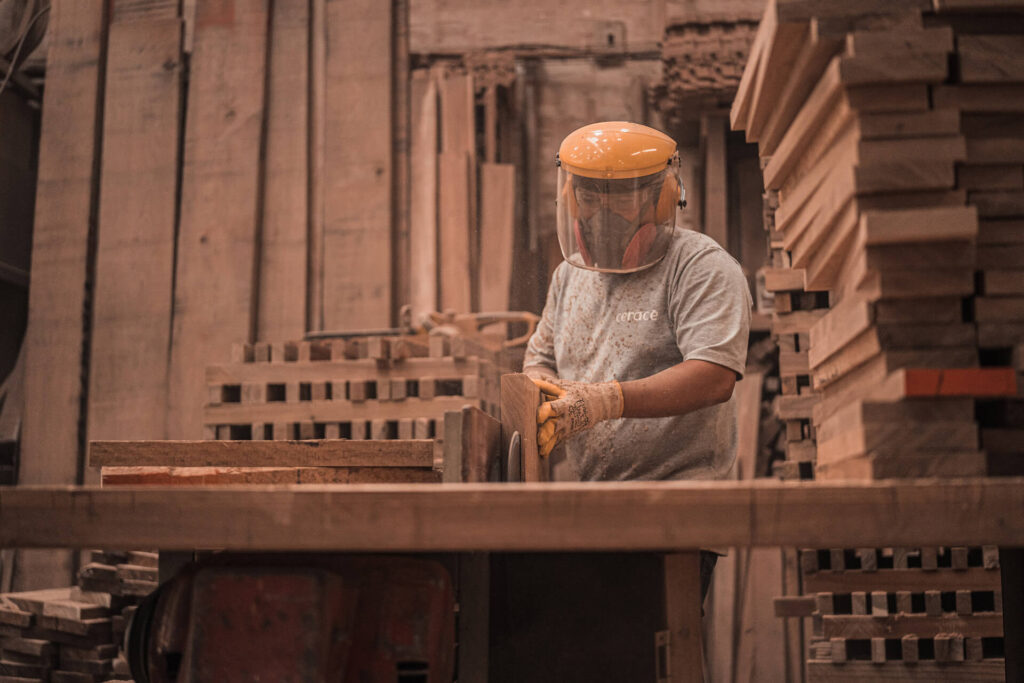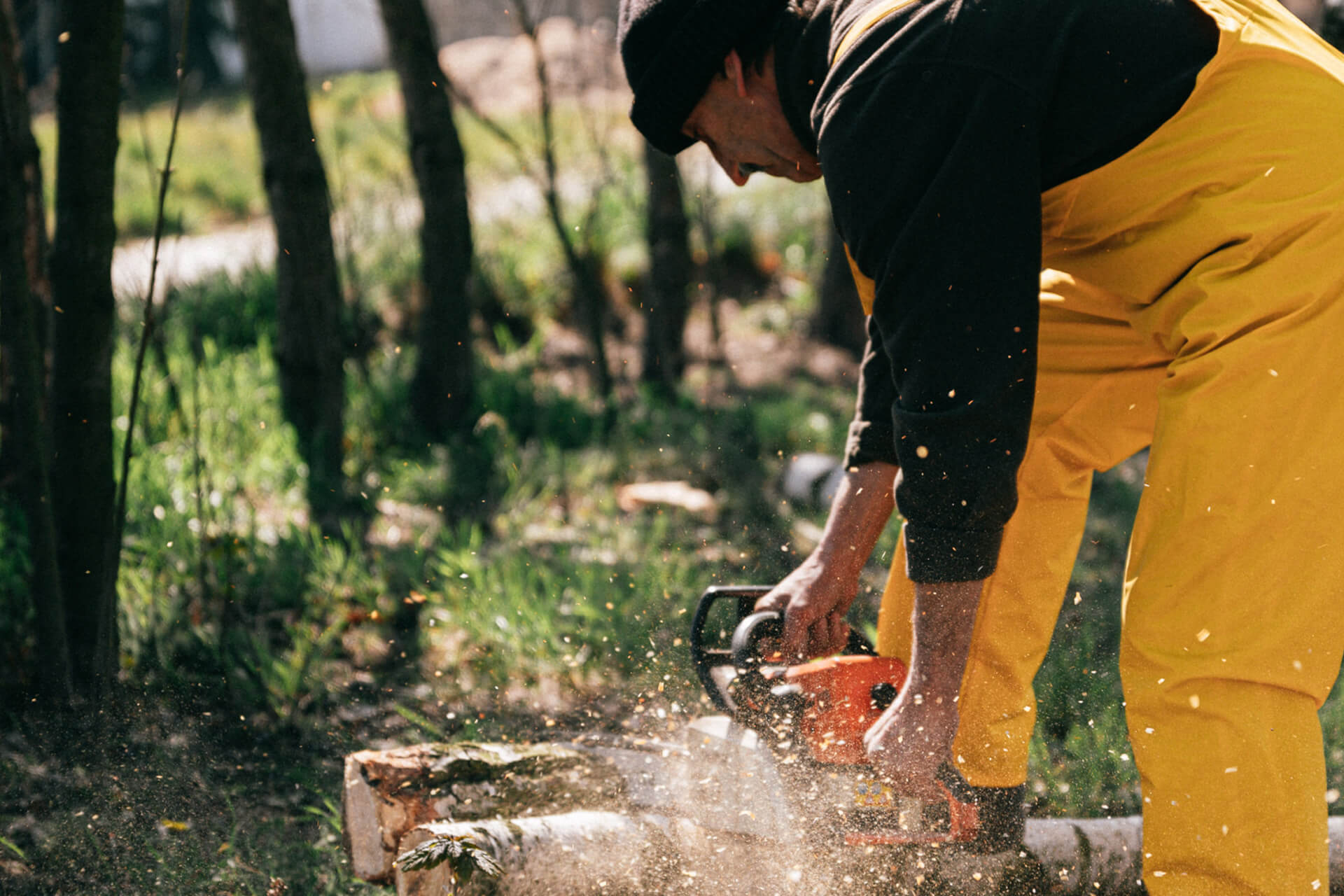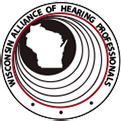Noise is considered hazardous when it reaches 85 decibels (dBA) or more. In other words, when a person needs to raise his/her voice to speak with someone at arm’s length or about 3 feet away, a person is likely being exposed to noise that can potentially damage his/her hearing over time.
This exposure to hazardous noise and/or chemicals that can damage hearing may lead to hearing loss linked to the workplace, also known as occupational hearing loss.
Continue Reading: Occupational Hearing Loss >
Table of Contents
Forestry, Timber, and Logging Industry
Forest logging involves the use of various noise-producing equipment, often harmful to the hearing capabilities of operators. Considering the impact that it has on the hearing, little research has been performed to determine the long-term effect of noise on forest loggers.
Agriculture, Forestry, Fishing, and Hunting are among the top industry sectors for worker exposure to hazardous noise that can contribute to hearing loss (37% exposed vs. 25% for all industries combined).
Hearing loss within Forestry and Logging, an industry within this sector makes noise-exposed workers have a higher percentage of hearing loss (21%) than all noise-exposed industries combined (19%).
Continue Reading: Occupational Noise Exposure Among Road Construction Workers >
Worker tasks and activities in Forestry and Logging
Tasks in Forestry and Logging:
- Managing forest nurseries
- Harvesting standing trees for timber
- Tending to timber tracts
- Gathering forest products
Activities associated with these tasks include:
- Unlatching cables used to hold and move logs – (92 dBA)
- Chainsaws usage – (91-110 dBA)
These activities represent some of the highest noise exposures to this industry’s workers, and overall average exposures in some occupations have been shown to range from 97-102 dBA.
These noise exposures, among others, contribute to the elevated prevalence of hearing loss seen in this industry.
What is the permissible noise level?
Any unwanted sound that causes annoyance, irritation and pain to the human ear is termed noise. It is measured in A-weighted decibels (dB (A)) that indicate the loudness of the sound.
Noise level refers to the decibel levels of noise produced by any appliance or machine, and, the human ear can tolerate noise levels up to 85 dB. Anything beyond that can affect their productivity and quality of life.
Continue Reading: What Is Occupational Deafness? >
The decibel levels of common sounds above 80 dB are considered ‘loud’, while the decibel levels of common sounds between 100-125 dB are termed “uncomfortable”.
All machines operating in an area should produce noise within the acceptable level to maintain the well-being of people around.

Source: Pexels
Preventing Hearing Loss within the forestry industry
There are effective methods for preventing worker hearing loss from noise. Reducing the noise, preferably at the source, is always the first and best step.
Steps to reduce worker exposure to hazardous noise and minimize hearing loss within Forestry and Logging
- Enclose engines and heavy equipment workstations to contain the noise.
- Install silencers and mufflers on equipment.
- Reduce exposure time for workers operating noisy equipment.
- Maintenance of hand tools and vehicle systems
- Workers consistently wear properly-fitted hearing protection every time they are exposed to noise.
- Regular monitoring for changes in hearing.
There are also activities within Forestry and Logging that can expose workers to vibration, which may also contribute to the risk of hearing loss through suspected changes to the blood flow within the inner ear.
Vibration exposure can be reduced through routine maintenance of equipment and the use of anti-vibration chainsaws and gloves.
Continue Reading: Hearing Protection At Work >
Compensation Benefits for Hearing Loss within the Forestry and Logging industry
The Workers Compensation Program was established in 1911 to encourage employers to make the workplace safer by requiring safety programs and the use of safety devices.
Since 1911, there have been over 2.5 million workers’ compensation claims filed. Hearing loss workers compensation claims now rank #3 in the number of occupational disease claims filed.
Hearing loss workers’ compensation benefits are largely undiscovered benefits covering hearing health care, which is often uninsured. Many health insurance policies and programs like Medicare do not cover hearing aid purchases but workers’ compensation can.
It also pays for the disability of hearing loss just as it does for the loss of eyesight or other injuries.
Aging populations, advances in technology, and greater sensitivity to hearing loss are bringing more attention to financing hearing health care. For the most part, those who qualify for hearing loss workers’ compensation benefits are retired hearing-impaired workers who live on fixed incomes.
Always feel free to ask Johnson Law Offices about the process, the law, or an individual case. The legal, medical, and audio-metric questions that come into play in a hearing loss workers compensation claim can be complicated.
The claims require attention to detail mixed with an ability to work well with hearing-impaired retirees and their families, especially spouses, and their hearing health care professionals.
Sources
- https://www.researchgate.net/publication/265053040_Effect_of_noise_emitted_by_forestry_equipment_on_workers’_hearing_capacity
- https://blogs.cdc.gov/niosh-science-blog/2018/05/24/noise-forestry/
- https://www.ncbi.nlm.nih.gov/pmc/articles/PMC5905332/
Contact Us
If you, or anyone you know, worked in noise and suffers from hearing loss, please do not hesitate to contact us.
Contact Us


